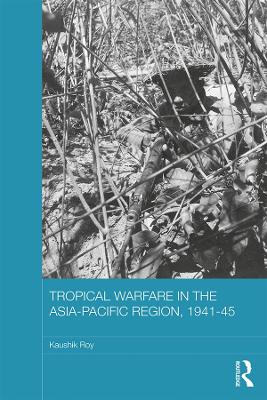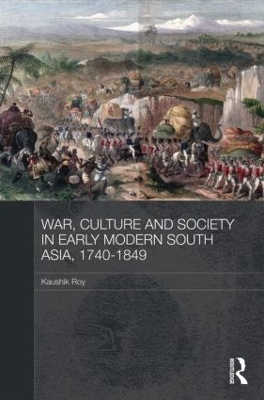Asian States and Empires
2 total works
This is the first book to provide a comprehensive overview of the land war during the Second World War in South-East Asia and the South and South-West Pacific. The extensive existing literature focuses on particular armies – Japanese, British, American, Australian or Indian – and/or on particular theatres – the Philippines, Papua New Guinea, Malaya or Burma. This book, on the contrary, argues that warfare in all the theatres was very similar, especially the difficulties of the undeveloped terrain, and that there was considerable interchange of ideas between the allied armies which enabled the spread of best practice among them. The book considers tactics, training, technology and logistics, assesses the changing state of the combat effectiveness of the different armies, and traces the course of the war from the Japanese Blitzkrieg of 1941, through the later stalemate, and the hard fought Allied fightback. Although the book concentrates on ground forces, due attention is also given to air forces and amphibious operations. One important argument put forward by the author is that the defeat of the Japanese was not inevitable and that it was brought about by chance and considerable tactical ingenuity on the part of US and British imperial forces.
War, Culture and Society in Early Modern South Asia, 1740-1849
by Kaushik Roy
This book argues that the role of the British East India Company in transforming warfare in South Asia has been overestimated. Although it agrees with conventional wisdom that, before the British, the nature of Indian society made it difficult for central authorities to establish themselves fully and develop a monopoly over armed force, the book argues that changes to warfare in South Asia were more gradual, and the result of more complicated socio-economic forces than has been hitherto acknowledged.
The book covers the period from 1740, when the British first became a major power broker in south India, to 1849, when the British eliminated the last substantial indigenous kingdom in the sub-continent. Placing South Asian military history in a global, comparative context, it examines military innovations; armies and how they conducted themselves; navies and naval warfare; major Indian military powers - such as the Mysore and Khalsa kingdoms, the Maratha confederacy - and the British, explaining why they succeeded.

